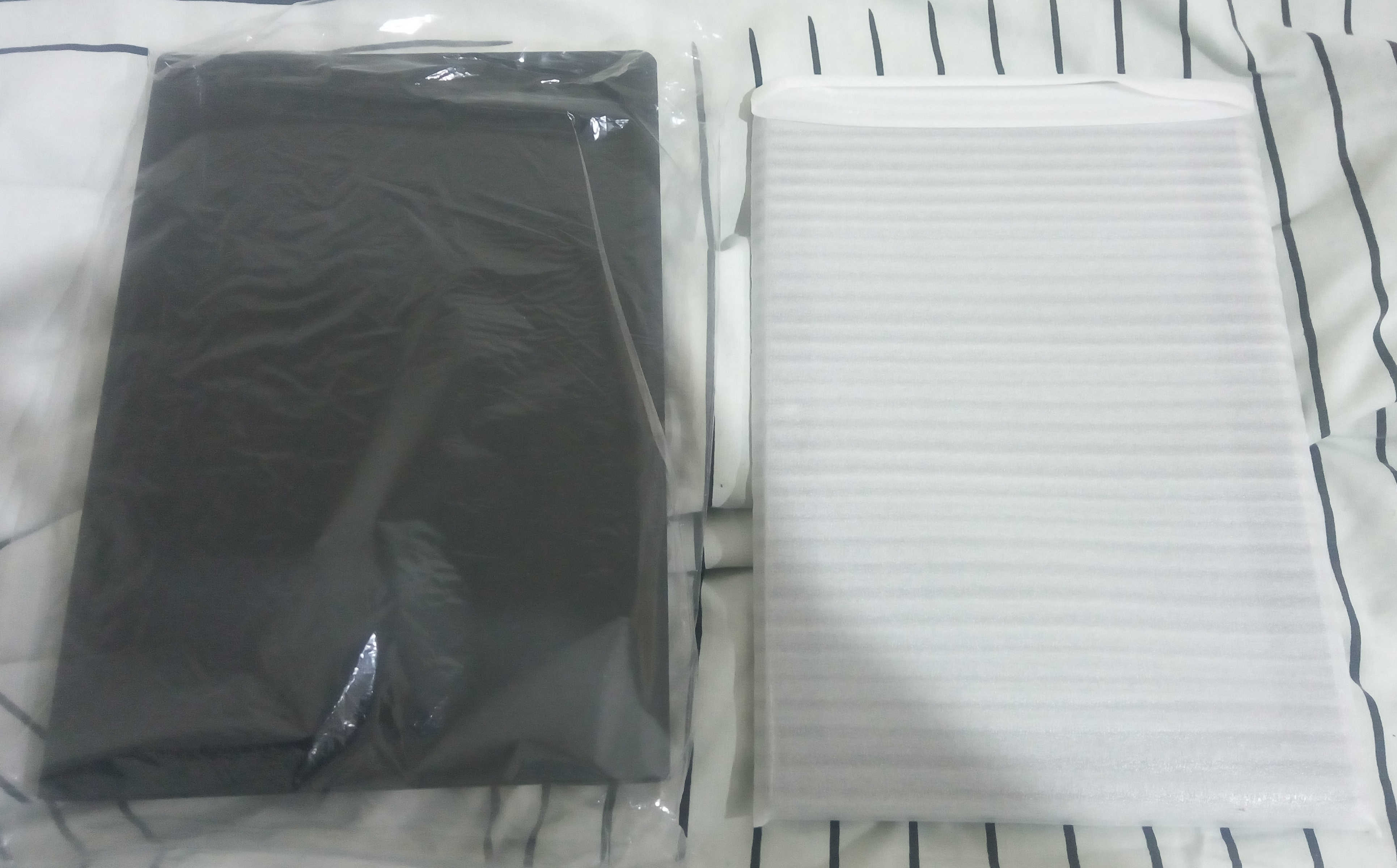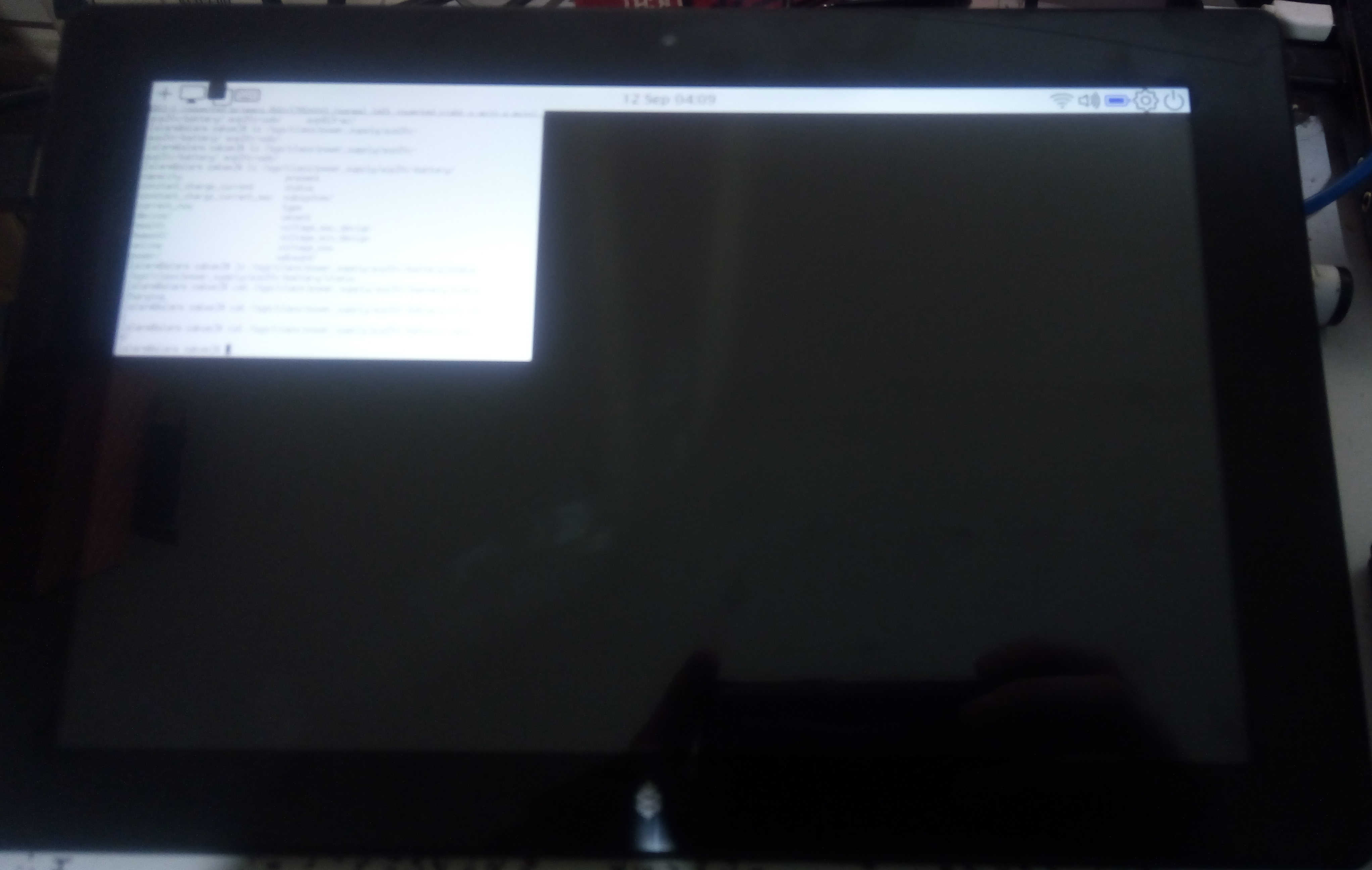 Coffee Space
Coffee Space 

Un-boxing of the device, following by flashing perils and finally getting a custom window manager running. This was rushed, so bare with me!
The following are some images and comments on the un-boxing process of the PineTab. The main purpose is just to record how the item arrived. A better person may have recorded this, but meh.

Bare in mind the yellow-ish packaging was itself wrapped in something more waterproof, but this had my address on, etc - so I didn’t photograph this.

When I saw this box, I thought “ah, it must be just inside…”.

But nope, there was a secondary box. I guess this was a cheaper method to ensure it was wrapped well.

Then the PineTab itself is wrapped in foam inside. This seems quite adequate for keeping the device safe.

My initial thoughts was that the device is actually much bigger than I thought, this is a welcome idea.

Back of the PineTab, as well as some FCC and “China Export” documentation (I kid, it’s real).
I initially boot into the onboard Ubuntu install. My intention was never to trust that this has not been tampered with, so I just booted it to check that the hardware worked correctly. I gave a quick test of the display, WiFi and detachable keyboard. I tried to perform some updates on the install, but as it happens quite a few package servers didn’t reply… Maybe they are very heavily loaded currently?
In any case, I had seen that it wasn’t dead on arrival and wanted to try my real mission!
After some research, I quite like the idea of an experimental build of Arch Linux.
Initially I installed the “barebone” install onto a known working micro-SD card. I then tried to boot the tablet and it completely failed to boot, dropping back to a Pine64 logo after some keyboard mashing and 10 minutes or so.
After some discussion with @Danct12 in IRC, he was quite
convinced it was something else which was the problem. There was some
uncertainty as he has an old display PineTab (early-early adopter
edition).
Given most testing was done on the full-fat Arch Linux install, I decided to flash this. Success!
Not yet defeated, I tried again the barebone install of the SD image
and again success! After this I used nmtui to get the WiFi
connected and started updating/installing packages.
Next I cloned oakwm (via the HTTPS method urgh). I figured out which packages I needed to build and then built the window manager + toolbar in about 10 seconds. It seems as though I was overly pessimistic about how slow this device would be!

As you can see, it runs mostly okay with some bugs to be fixed. It boots in portrait mode (the actual orientation of the display), so there are some tricks to rotate it:
Next to fix some bugs and start building images for other people to use!